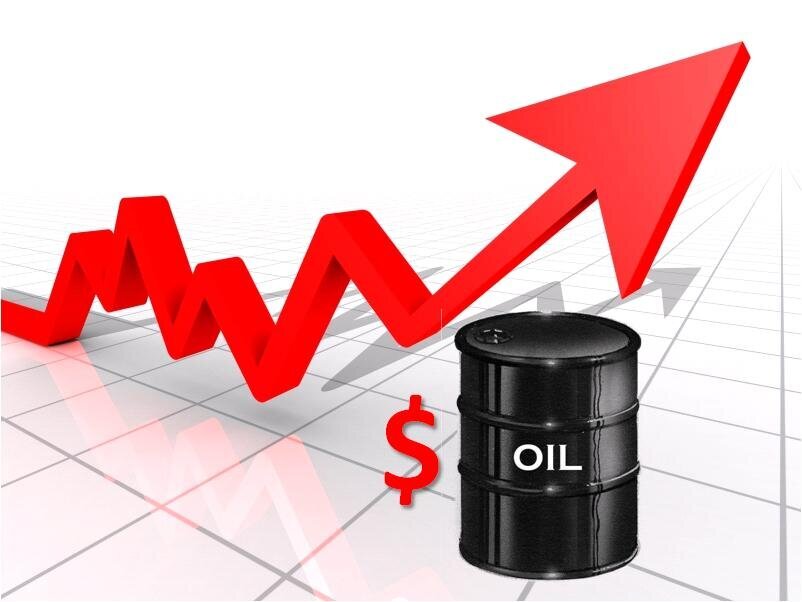Before the minutes of the Fed meeting, the U.S. Treasury yields plummeted and there was a hidden conspiracy?
At 02:00 on Thursday morning, the United States will announce the minutes of the June Federal Open Market Committee meeting, and the entire market waits with bated breath. The Fed discussed reducing asset purchases last month, and the Fed began to turn hawkish, but since then disappointing U.S. data has made investors question the timing of reducing its bond purchases and ruled out the possibility of raising interest rates in the short term. Although the non-agricultural employment report released last Friday showed that employment growth was very strong, the average hourly wage and unemployment rate were not as good as expected. The June ISM non-manufacturing index released by the United States on Tuesday fell from 64 to 60.1, which was not only lower than expected, but also hit a 4-month low, indicating that the growth of the US service industry is slowing.
USD/EUR and other major currencies rose on Tuesday, but fell against the yen. As the Dow Jones Industrial Average fell 200 points, risk aversion drove investors to flee high-risk currencies and buy bonds, causing the 10-year US Treasury yield to fall by 5%. Even so, the dollar may not be able to continue its gains. Due to weak US economic data and the Fed's desire to ease market expectations that the market is too hawkish, the minutes of this Fed meeting may sound more cautious and balanced than the FOMC statement. The fall in Treasury yields shows that bond investors will be less tough. After the release of non-agricultural employment data, the dollar/yen hit a 14-month high. The not-so-hawkish FOMC meeting minutes may also cause the USD/JPY to fall to 110, but it will continue the dollar’s gains against other currencies.
Weak economic data in the euro zone has exacerbated the euro's sell-off. Although the retail sales data was slightly higher than expected, the German ZEW economic prosperity index fell from 79.8 to 63.3, which was lower than the expected 75.2, which was the lowest point so far this year. The German manufacturing order index turned negative, which is the index. It fell for the second consecutive month, but ZEW President Achim Wamach did not express concerns about the decline. The ZEW Economic Sentiment Index in the Eurozone also fell sharply, dropping to 61.2 from 81.3 in June.
The worst-performing currency on Tuesday was the Canadian dollar, which was mainly hit by falling oil prices. Crude oil prices once rose to a six-year high, but because OPEC+ failed to reach a new agreement to increase production, oil prices turned down and closed down by more than 2%. The breakdown of OPEC+ negotiations has put pressure on the oil market. As the next negotiation date has not been announced, oil prices may continue to adjust.
Although oil prices are important, the focus of the Canadian dollar will shift to economic data. The market will focus on Canada’s June IVEY seasonally adjusted PMI to be released on Wednesday and six Canadian job market reports to be released on Friday. Due to the increase in vaccination rates, Canada has lifted travel restrictions. After two months of weak employment growth, economists and investors expect Canada to usher in a strong employment rebound in June.
In addition, due to the expected heating up of New Zealand's November rate hike, the decline of NZD/USD has narrowed. However, AUD/USD did not perform well, mainly because, unlike the New Zealand Central Bank, Australia will continue to maintain easing policies. The Bank of Australia announced that after the current quantitative easing program ends in September, it will continue to buy bonds at a rate of 4 billion Australian dollars a week until mid-November. The Reserve Bank of Australia made it clear that interest rates will remain unchanged until inflation continues within the target range of 2-3% and wage growth approaches 3%. These targets will not be achieved until 2024 at the earliest, which is not good for the Australian dollar.







